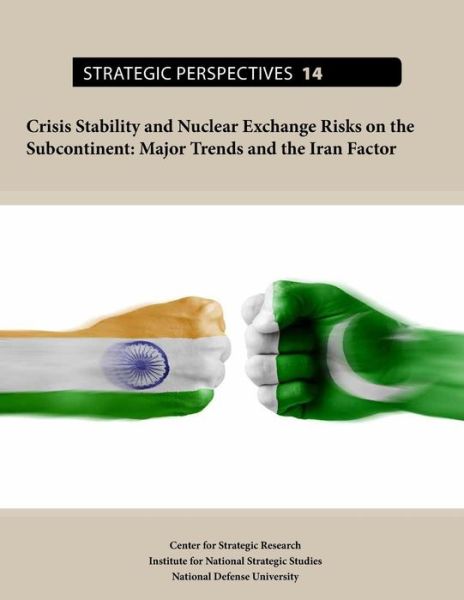
Tell your friends about this item:
Ukraine: Stability and Instability: Institute for National Strategic Studies Mcnair Paper 42
National Defense University
Ukraine: Stability and Instability: Institute for National Strategic Studies Mcnair Paper 42
National Defense University
It is a thankless task to attempt to assess the stability of any country during a period when even liberal democracies are facing a crisis of governability. And the task is made more difficult when one is dealing with a country like Ukraine that is in the throes of a prolonged and difficult post-Communist transition. Nevertheless, an analysis that can shed some light on the complex factors affecting stability in Ukraine would be a useful, albeit modest, step forward. The issue of stability in Soviet successor states has attracted a great deal of attention in the West because of a continuing preoccupation with the Soviet legacy and fears that the region will remain a zone of unrest that may eventually require some form of significant Western intervention. Following the disintegration of the Soviet Union, the most immediate concern was the fate of its ulcer weapons and accompanying production facilities. Ukraine attracted special attention because of fears that its leaders might attempt to gain operational control of the large number of nuclear weapons on its territory in 1991. That anxiety has now abated, but concerns remain that the deterioration of the physical and human infrastructure of the nuclear energy industry in Ukraine could lead to more Chernobyl-type accidents or the proliferation of nuclear weapons materials and technology. In the meantime, other concerns have arisen, including the prospect of continued economic decline and the spread of civil conflicts in Ukraine, either of which could lead to an influx of refugees into Western Europe or the need for greater Western involvement in the region. An American National Intelligence report (reflecting the view of the American intelligence community and the State Department), the details of which were leaked to the press at the end of January 1994, supports this concern, mentioning that Ukraine was the most likely former Soviet republic to precipitate a major continentwide crisis. Western commentaries frequently refer to a number of actual or potential threats to Ukraine stability. These include continuing economic decline, which has led to growing social distress and great dissatisfaction among the population; an increase in ethnic tensions and their potential transformation into communal conflict; centrifugal trends, sometimes linked to ethnic grievances, resulting in autonomist or separatist movements; weak and discredited political institutions and widespread political apathy, which could leave the country open to the rise of authoritarian rulers or outside interference in its internal affairs; and a growth in tensions between Ukraine and Russia. An examination of the factors influencing Ukraine?s stability should also devote some attention to the behavior of institutions, such as the military and security forces, that can play an important role in deterring attempts to destabilize the situation in Ukraine or can themselves become destabilizing forces in certain circumstances.
| Media | Books Paperback Book (Book with soft cover and glued back) |
| Released | July 6, 2012 |
| ISBN13 | 9781478201236 |
| Publishers | CreateSpace Independent Publishing Platf |
| Pages | 96 |
| Dimensions | 152 × 229 × 5 mm · 140 g |
| Language | English |
More by National Defense University
See all of National Defense University ( e.g. Paperback Book )

 Christmas presents can be returned until 31 January
Christmas presents can be returned until 31 January
































